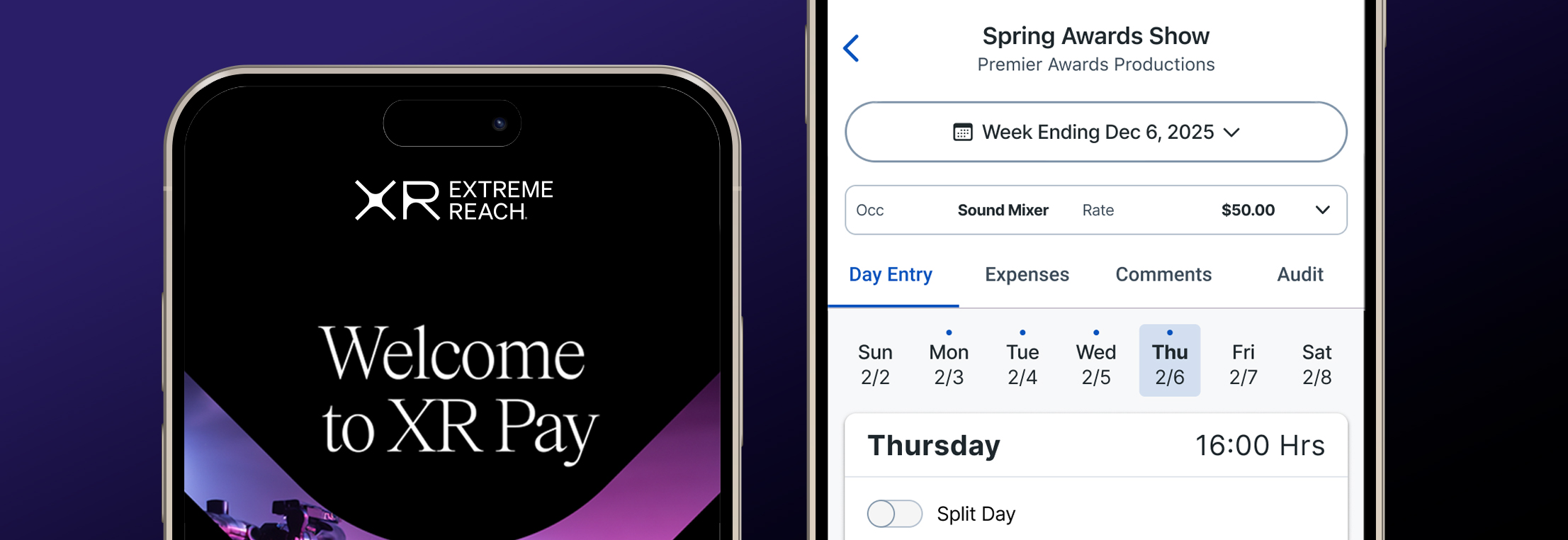The Current State of Streaming
As the streaming wars rage on, viewers continue to benefit from an ever-expanding array of groundbreaking content plus beloved films and kids’ programming available on a seemingly limitless supply of streaming platforms. Here’s a look at some current developments marketers need to know about.Advertising UpdatesOver-the-top (OTT) advertising hit $1.3 billion last year, up from the $890 million spent in 2020 during a rough pandemic year,according to the 2021 “OTT Ad Insights” report from MediaRadar. Between 60 to 72 percent of all ads placed on a handful of streaming networks—Discovery Plus, HBO Max, Peacock, Paramount Plus and Hulu—fell into the top five categories of retail, media, tech, finance and auto. Discovery Plus garnered a total of 22 percent of its ad revenue from retail, double the amount of the other four platforms surveyed. HBO Max, which has gained a loyal fan base thanks to its mix of original and retro content, leads with financial and insurance brands that make up 19 percent of ad revenue. Paramount Plus and Hulu, meanwhile, rule pharma advertising, due perhaps to the older viewers who watch CBS content (available to stream on both platforms), making them a good fit for pharmaceutical-related ads.In other HBO Plus news, the platform is debuting a novel ad model that will give parent company WarnerMedia a way to pair HBO movies with commercials. Though films on HBO itself will still run ad-free, companies can now strike exclusive deals with specific movies on HBO Max, buying a “brand block” of ads to air before the movie starts. It’s a win for both network and consumers: content plays without interruptions, and WarnerMedia hopes that including ads before films might give them a leg up in the streaming competition.Disney Plus, meanwhile, announced that it will introduce an ad-supported plan in the US later this year, with intentions for international expansion in 2023. With this move, the Mouse House will join streamers such as Paramount Plus, Peacock and Discovery Plus in a multitier system that includes both ad-supported services and slightly more expensive ad-free models. Disney called this a “building block” for reaching their goal of a global subscriber base between 230 to 260 million people by the end of 2024. “Expanding access to Disney Plus to a broader audience at a lower price point is a win for everyone—consumers, advertisers, and our storytellers,” said chairman Kareem Daniel. “More consumers will be able to access our amazing content. Advertisers will be able to reach a wider audience, and our storytellers will be able to share their incredible work with more fans and families.”Noteworthy Content UpdatesNetflix is doing its part to promote international programming, specifically when it comes to South Korean content. Global demand for shows and movies from that part of the world has been on the rise for several years, reaching new heights with the 2019 thrillerParasiteand the unexpected 2021 hit,Squid Game, which broke records as the network’s most-watched TV series of all time. What’s more, four of the biggest Korean series to air in the last three years debuted on Netflix. As Korean programming continues to reach mainstream audiences, Netflix can be thanked for helping fuel that demand.NBCUniversal’s Peacock platformrecently adopted the day-and-date release system made popular during the pandemic, wherein films launch on streamers while simultaneously hitting movie theaters. Universal kicked off this model with two 2021 releases—Halloween KillsandBoss Baby: Family Business—and the template seems to be working. Jennifer Lopez’s new film,Marry Me, recently topped charts as Peacock’s most-streamed day-and-date movie after hitting theaters on February 14. As of early March, the film had earned over $21 million in the US and grossed $47 million in global box-office sales.In other movie news,Apple Original Filmsmight become the first streamer to take home a Best Picture Academy Award forCODA, the coming-of-age drama about a girl named Ruby who’s the only hearing member of a deaf family. Hulu was the first streaming platform to snag a major entertainment-industry award, when it won eight Emmys in 2017 for its dystopian seriesThe Handmaid’s Tale. Now, Apple is hoping to repeat that success at the Oscars and shatter its own glass ceiling.Specialty Streaming PlatformsTelevisaUnivision Inc. is the world’s largest Spanish-language media company, and in mid-February it announced plans to launch a streaming service catered specifically to the Spanish-speaking world. Called ViX, the platform will provide over 50,000 hours of content across a range of genres, from movies to original series, live sports to news, plus access to a vault of franchise programming. The two-tier service will include a free ad-supported model and a subscription model offering premium content, including exclusive soccer matches. Launches are set to happen in the US, Mexico and most of Latin America.In similar vein, Indian entertainment entrepreneur Karnesh Ssharma is laying the groundwork forClean OTT, a female-focused streaming serviceset to premiere in early 2023. Women actors, directors and producers will comprise the bulk of content created by and aired on the platform, in the hopes of creating equity within the entertainment industries in India, Bangladesh, Sri Lanka and Nepal. Driven by an annual subscription-based model, Clean OTT will launch in India before making its way to the UK, US, Canada and UAE. “Our mission is to leave behind any preconceived notions or prejudices over what is deemed ‘traditional’ in Indian film from a gender perspective, and instead focus solely on gripping, quality storylines which give women agency in storytelling and places them and their perspectives at the core of the action,” said Ssharma.“It really is a ‘clean slate’ for women in the industry and breaks away from the traditional roles that they are often afforded, and the way that they are depicted within the entertainment sector.”Finally,WarnerMedia will debut its much-anticipated CNN Plus streaming news serviceat the end of March, available for purchase on a monthly or yearly basis. The platform will air both live and on-demand news and lifestyle segments daily and weekly, while an interactive content hub called the “Interview Club” aims to let subscribers “drive the conversation and be part of the story.” A single app will offer access to both CNN Plus and CNN TV. Happy viewing!



.jpg)
